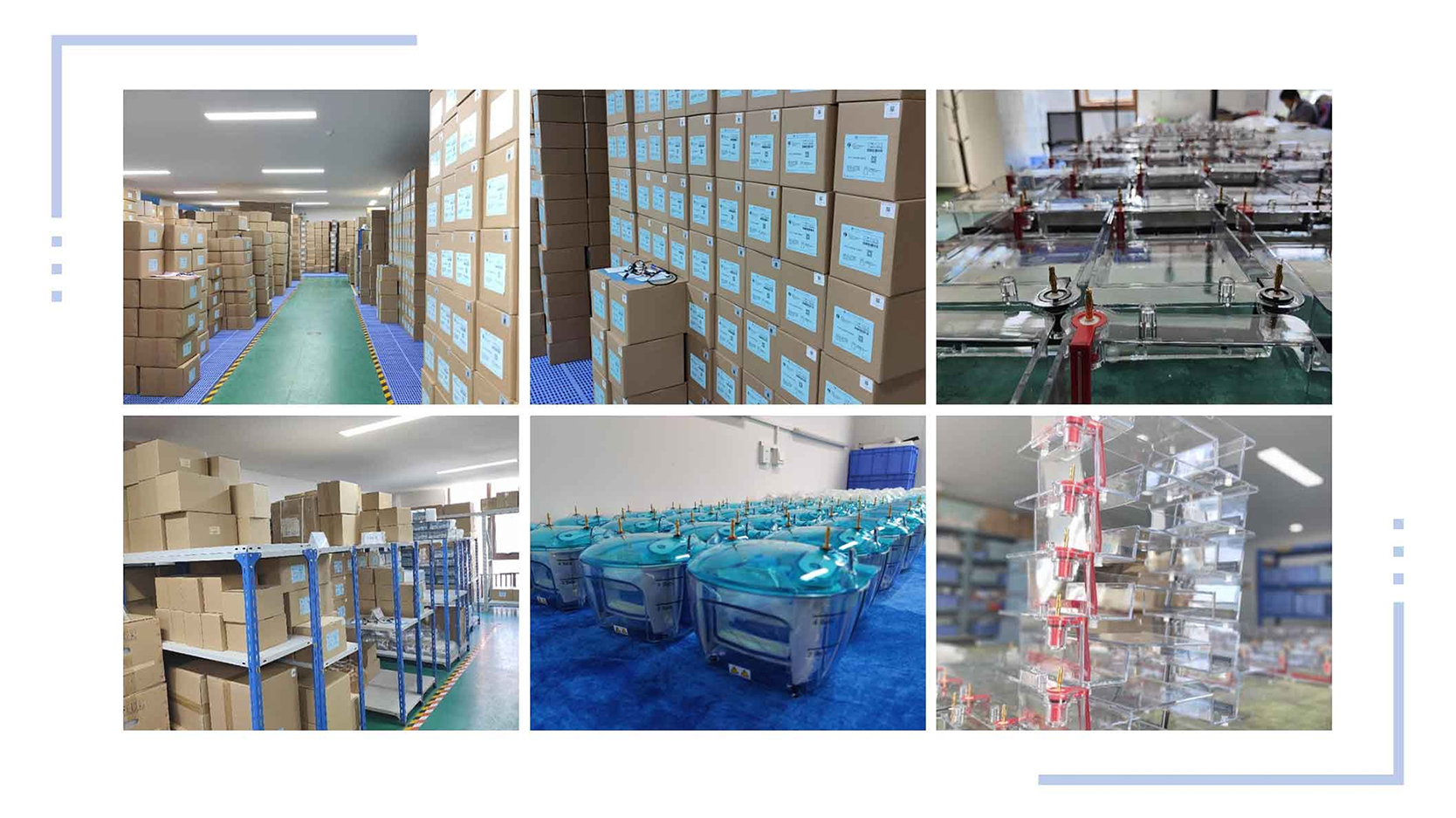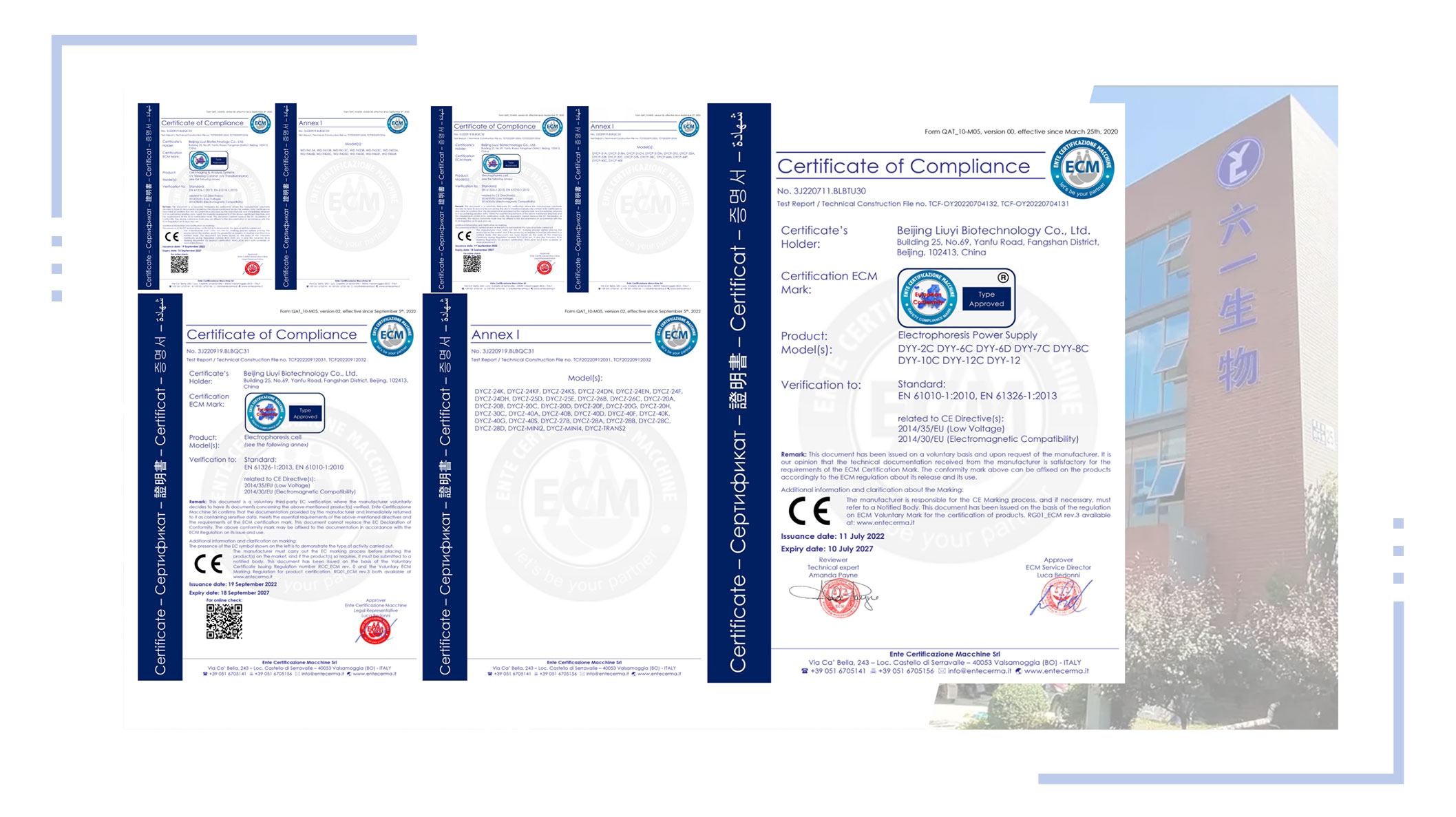Gene Electroporator GP-3000
Specifications
|
Model |
GP-3000 |
|
Pulse Form |
Exponential Decay and Square Wave |
|
High voltage output |
401-3000V |
|
Low voltage output |
50-400V |
|
High voltage capacitor |
10-60μF in 1μF steps (10μF, 25μF, 35μF, 50μF, 60μF recommended) |
|
Low voltage capacitor |
25-1575μF in 1μF steps (25μF steps recommended) |
|
Parallel resistor |
100Ω-1650Ω in 1Ω steps (50Ω recommended) |
|
Power supply |
100-240VAC50/60HZ |
|
Operating system |
Microcomputer control |
|
Time constant |
with RC time constant, adjustable |
|
Net weight |
4.5kg |
|
Package Dimensions |
58x36x25cm |
Description
Cell electroporation is an important method for introducing exogenous macromolecules such as DNA, RNA, siRNA, proteins, and small molecules into the interior of cell membranes.
Under the influence of a strong electric field for a moment, the cell membrane in the solution gains a certain permeability. Charged exogenous substances enter the cell membrane in a manner similar to electrophoresis. Due to the high resistance of the phospholipid bilayer of the cell membrane, the bipolar voltages generated by the external electric current field are borne by the cell membrane, and the voltage distributed in the cytoplasm can be neglected, with almost no current in the cytoplasm, thus also determining the small toxicity in the normal range of the electrophoresis process.
Application
Can be used for electroporation to transfer DNA into competent cells, plant and animal cells, and yeast cells. Such as electroporation of bacteria, yeast, and other microorganisms, transfection of mammalian cells, and transfection of plant tissues and protoplasts, cell hybridization and gene fusion introduction, introduction of marker genes for labeling and indication purposes, introduction of drugs, proteins, antibodies, and other molecules to study cell structure and function.
Feature
• High efficiency: short conversion time, high conversion rate, high repeatability;
• Intelligent storage: can store the experimental parameters, convenient for users to operate;
• Precise control: microprocessor-controlled pulse discharging;Ø
• Elegant appearance: integrated design of the whole machine, intuitive display, simple operation.
FAQ
Q: What is a Gene Electroporator?
A: A Gene Electroporator is an instrument used for introducing exogenous genetic material, such as DNA, RNA, and proteins, into cells through the process of electroporation.
Q: What types of cells can be targeted with a Gene Electroporator?
A: A Gene Electroporator can be used to introduce genetic material into a variety of cell types including bacteria, yeast, plant cells, mammalian cells, and other microorganisms.
Q: What are the main applications of a Gene Electroporator?
A:
• Electroporation of bacteria, yeast, and other microorganisms: For genetic transformation and gene function studies.
• Transfection of mammalian cells, plant tissues, and protoplasts: For gene expression analysis, functional genomics, and genetic engineering.
• Cell hybridization and gene fusion introduction: For creating hybrid cells and introducing fusion genes.
• Introduction of marker genes: For labeling and tracking gene expression in cells.
• Introduction of drugs, proteins, and antibodies: For investigating cell structure and function, drug delivery, and protein interaction studies.
Q: How does a Gene Electroporator work?
A: A Gene Electroporator uses a brief, high-voltage electric pulse to create temporary pores in the cell membrane, allowing exogenous molecules to enter the cell. The cell membrane reseals after the electric pulse, trapping the introduced molecules inside the cell.
Q: What are the advantages of using a Gene Electroporator?
A:High repeatability and efficiency, ease of operation: Simple and quick procedure, quantitative control, no genotoxicity: Minimal potential damage to the cell’s genetic material.
Q: Can a Gene Electroporator be used for all types of experiments?
A: While a Gene Electroporator is versatile, its efficiency can vary depending on the cell type and the genetic material being introduced. It is important to optimize conditions for each specific experiment.
Q: What special care is needed post-introduction?
A: Post-introduction care may include incubating the cells in a recovery medium to help them repair and resume normal functions. The specifics can vary depending on the cell type and the experiment.
Q: Are there any safety concerns with using a Gene Electroporator?
A: Standard laboratory safety practices should be followed. Gene Electroporator uses high voltage, so proper handling and safety procedures must be adhered to in order to prevent electrical hazards.









